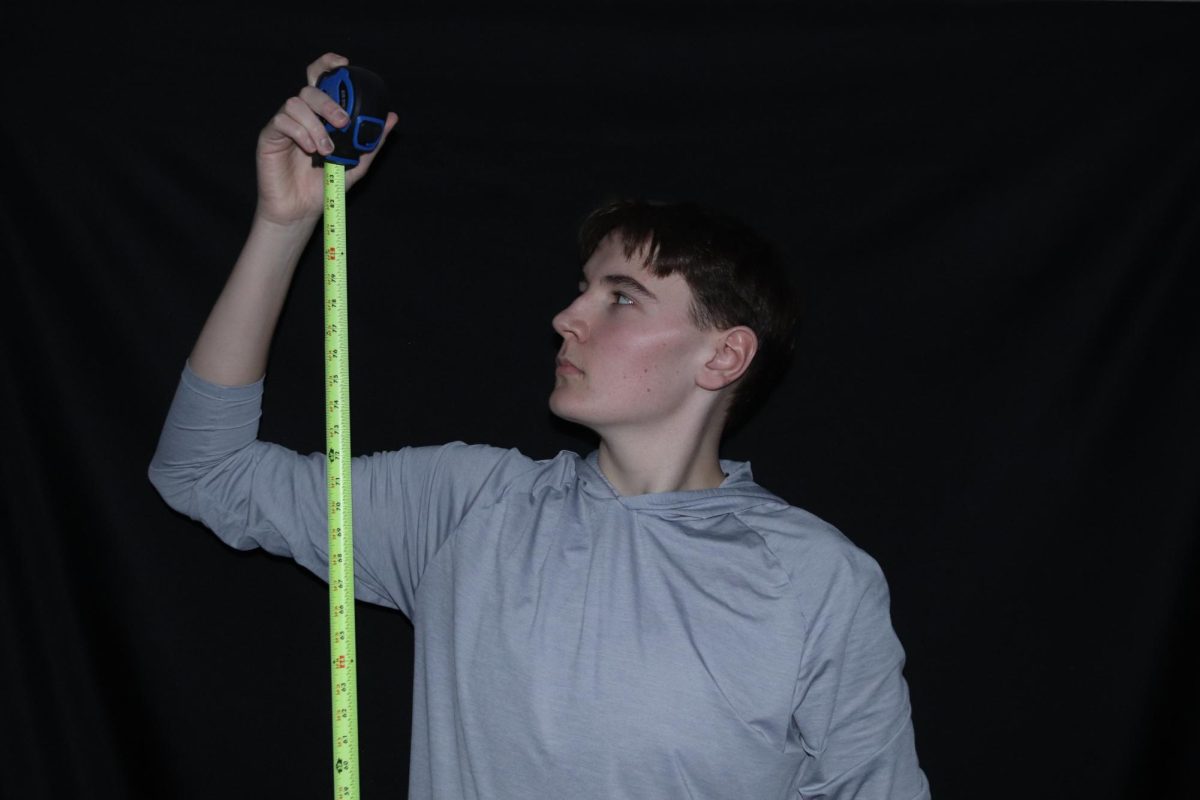With the rise of mask-wearing due to the Coronavirus pandemic, many have been faced with new problems surrounding proper mask usage, and issues the masks themselves may cause.
The main two types of masks most people wear are disposable surgical masks and cloth masks. In a survey of 116 students and staff, 88 percent wear cloth masks while only 12 percent wear disposable surgical masks. According to Hackensack Meridian Health, both types of masks significantly reduce the number of respiratory droplets from being expelled. However, surgical masks are three times more effective, according to Hackensack Meridian Health.
Junior Mara Mace wears both disposable and reusable but prefers to wear disposable masks when working out or going to a busy place.
“It’s easier to breathe it and I think they’re more effective than some cloth ones,” Mace said.
However, both cloth and surgical masks have led to mask acne. According to Northwestern Medicine, the acne being formed around one’s face is due to the humid and sticky environment created by the mask. This acne is usually located around the nose, cheeks, mouth, and chin. Sophomore Lily Tarticchio said that she wears a cloth pleated mask and has recently broken out around both sides of her mouth.
“My acne started appearing after I started wearing my mask for a majority of the day,” Tarticchio said, “Before school started, I had perfectly clear skin. It honestly takes a lot for me to break out from something because I don’t have very sensitive skin, but I have been breaking out due to these masks.”
Likewise, Mace said she also broke out from wearing a mask as even though she has normal acne on her face, there is new acne on her chin from the masks.
“I think that mask acne should be looked at as a good thing because it means we’re doing our part to protect those around us,” Mace said.




